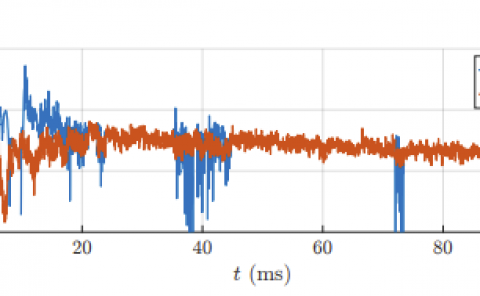Towards Moving Virtual Arms Using Brain-Computer Interface
PubDate: June 2019
Teams: Federal University of Rio Grande do Sul
Writers: Jaime RiascosSteeven VillaEmail authorAnderson MacielLuciana NedelDante Barone
PDF: Towards Moving Virtual Arms Using Brain-Computer Interface

Abstract
Motor imagery Brain-Computer Interface (MI-BCI) is a paradigm widely used for controlling external devices by imagining bodily movements. This technology has inspired researchers to use it in several applications such as robotic prostheses, games, and virtual reality (VR) scenarios. We study the inclusion of an imaginary third arm as a part of the control commands for BCI. To this end, we analyze a set of open-close hand tasks (including a third arm that comes out from the chest) performed in two VR scenarios: the classical BCI Graz, with arrows as feedback; and a first-person view of a human-like avatar performing the corresponding tasks. This study purpose is to explore the influence of both time window of the trials and the frequency bands on the accuracy of the classifiers. Accordingly, we used a Filter Bank Common Spatial Patterns (FBCSP) algorithm for several time windows (100, 200, 400, 600, 800, 1000 and 2000 ms) for extracting features and evaluating the classification accuracy. The offline classification results show that a third arm can be effectively used as a control command (accuracy > 0.62%). Likewise, the human-like avatar condition ( 67% ) outperforms the Graz condition ( 63% ) significantly, suggesting that the realistic scenario can reduce the abstractness of the third arm. This study, thus, motivates the further inclusion of non-embodied motor imagery task in BCI systems.



